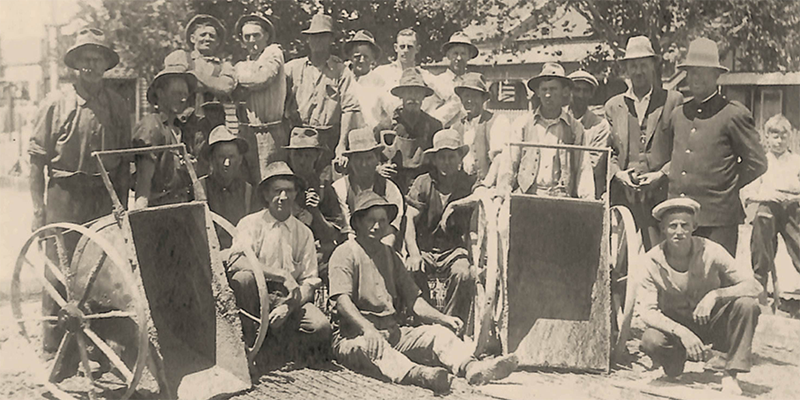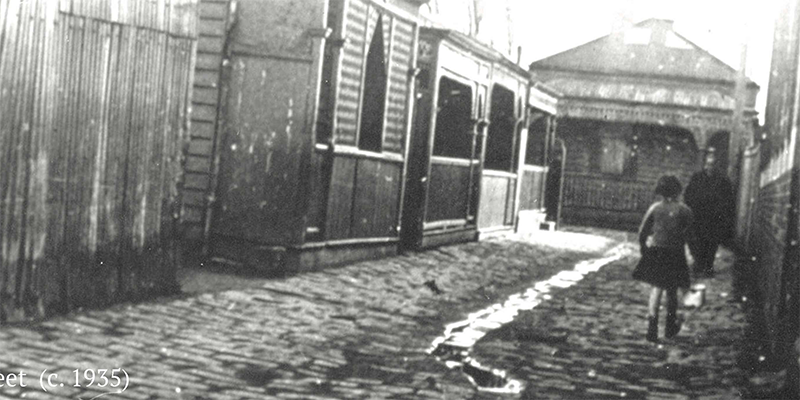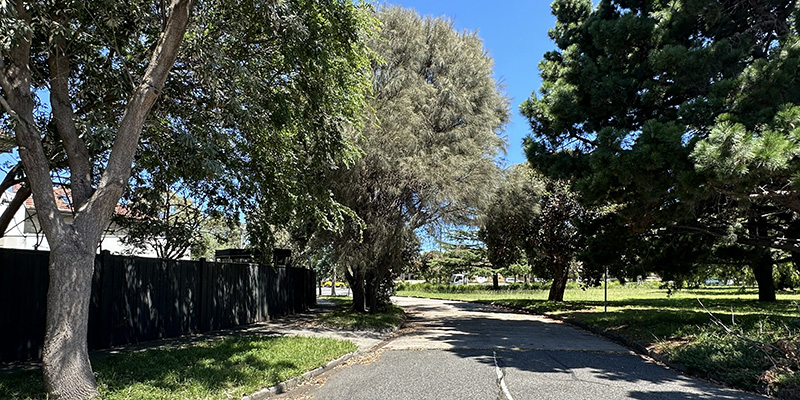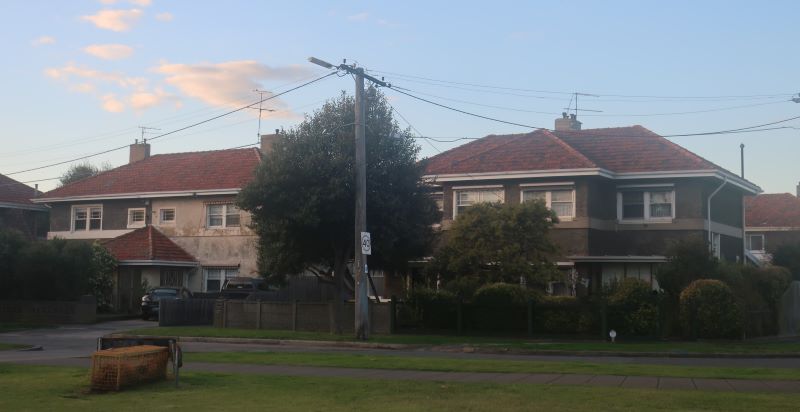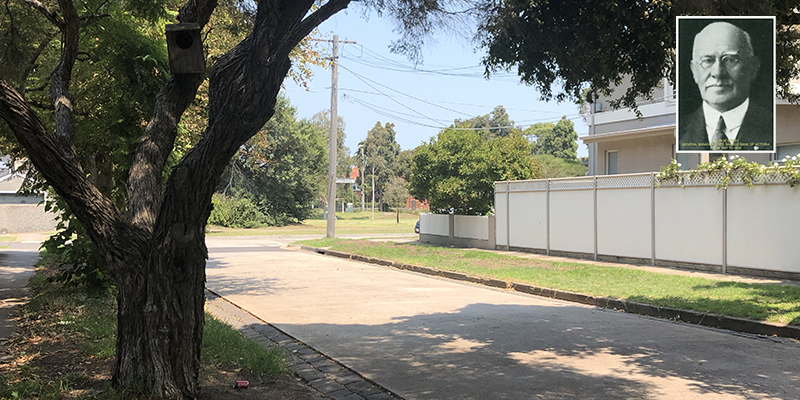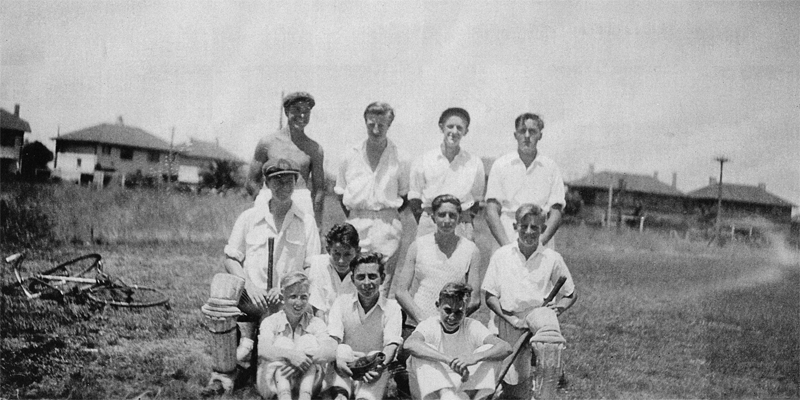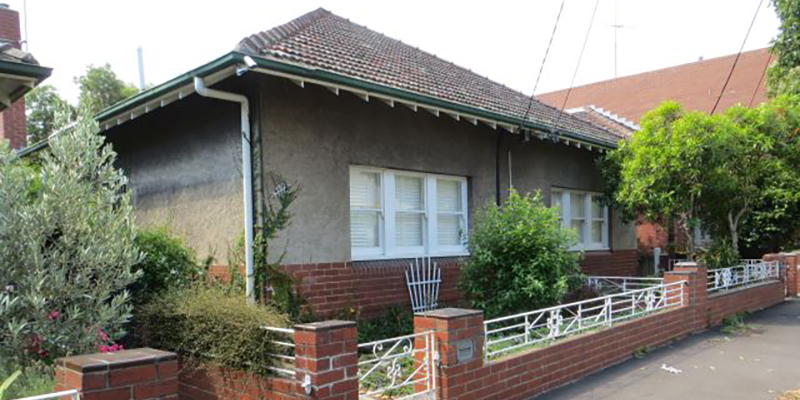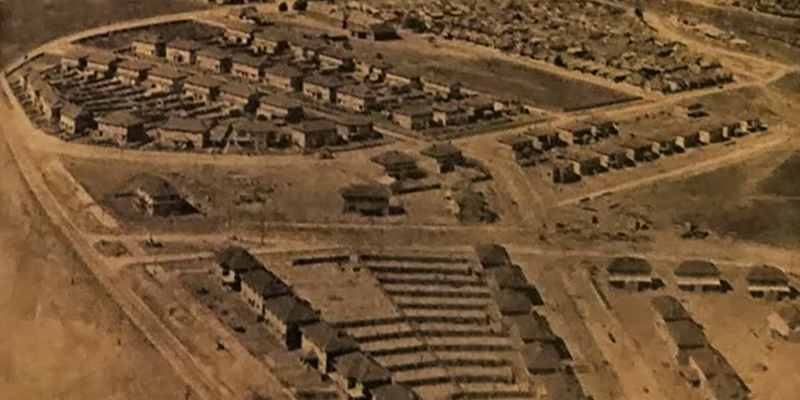In 1920, as Australians emerged from the events of the First World War and the Spanish Flu epidemic, many people were ready to settle down to life as it had been before either of these traumas, yet here in Port Melbourne the people and their suburb were actually entering a period of transformation.
Until 1920 most industry and housing was…
